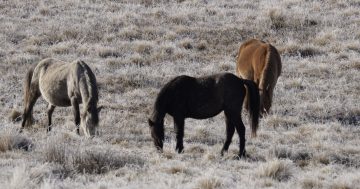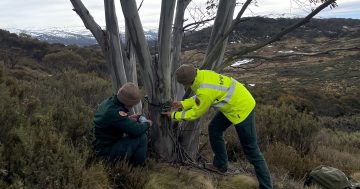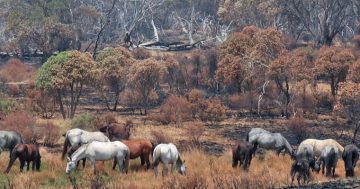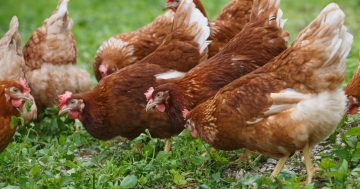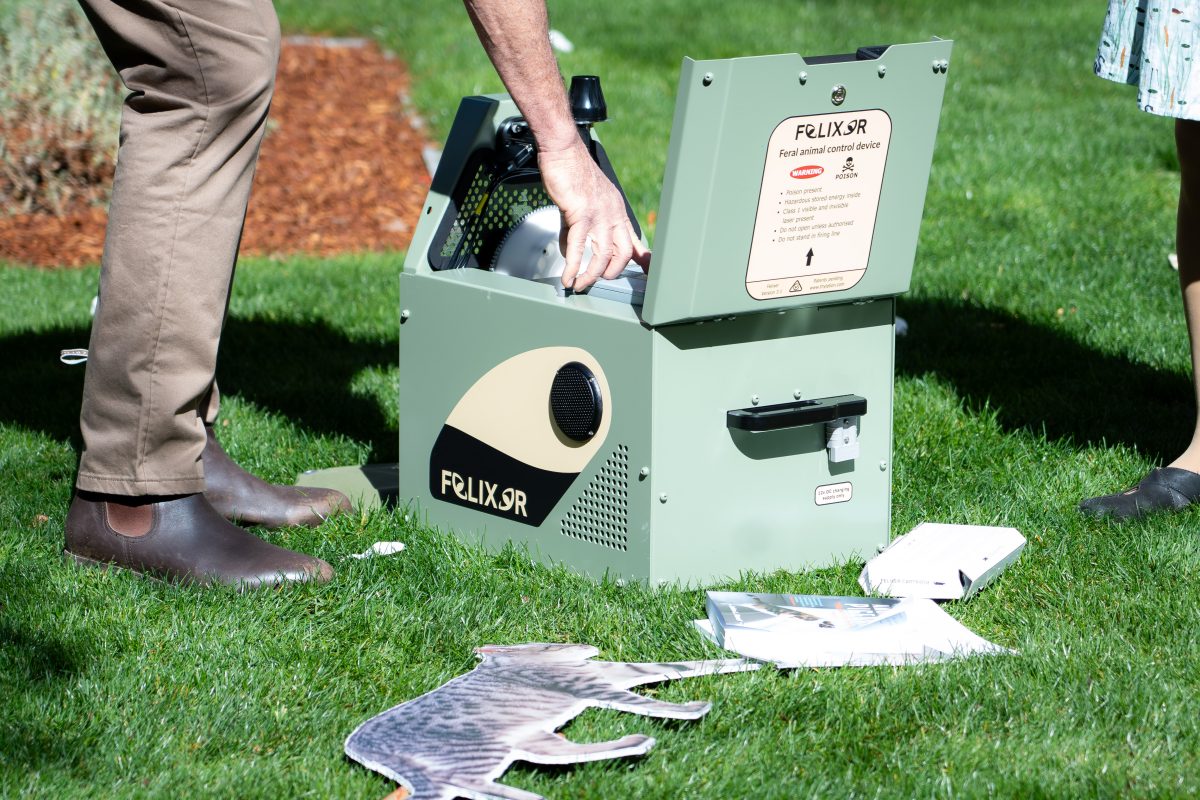
New technology is being used in the war against feral cats. Photo: Supplied.
The Federal Government is sharpening its claws in the war on feral cats, with 55 projects across the country from previously committed funds now using hi-tech methods aimed at minimising the devastating impact the pests have on native wildlife.
Ahead of National Threatened Species Day on Saturday (7 September), Environment Minister Tanya Plibersek said the government was serious about tackling the problem and said it was entering a “new frontier” in its war on feral cats.
Many of the new projects involved groundbreaking technologies, including the use of drones and artificial intelligence. But humans are still a vital component in the fight to protect native species.
“The Albanese Government is serious about protecting our precious native species and that’s why we’re tackling one of their biggest killers,” Ms Plibersek said.
“Feral cats are dangerous and ruthless predators, pushing our threatened native species like the greater bilby, numbat and Gilbert’s potoroo to the brink of extinction.
“Since declaring war on feral cats, we are mobilising artificial intelligence, cat trap technology and strong community action to combat this invasive pest and safeguard Australia’s biodiversity.
“We’re investing $60 million in groundbreaking projects that safely, quickly and humanely catch and eradicate feral cats.
“The projects also help land managers and farmers to better protect land, livestock and native wildlife from feral cats.”
Every year in Australia, feral cats kill more than 1.5 billion native mammals, birds, reptiles and frogs, and 1.1 billion invertebrates. They also spread disease.
Feral cats have contributed to two-thirds of Australia’s mammal extinctions and threaten a further 200 species.
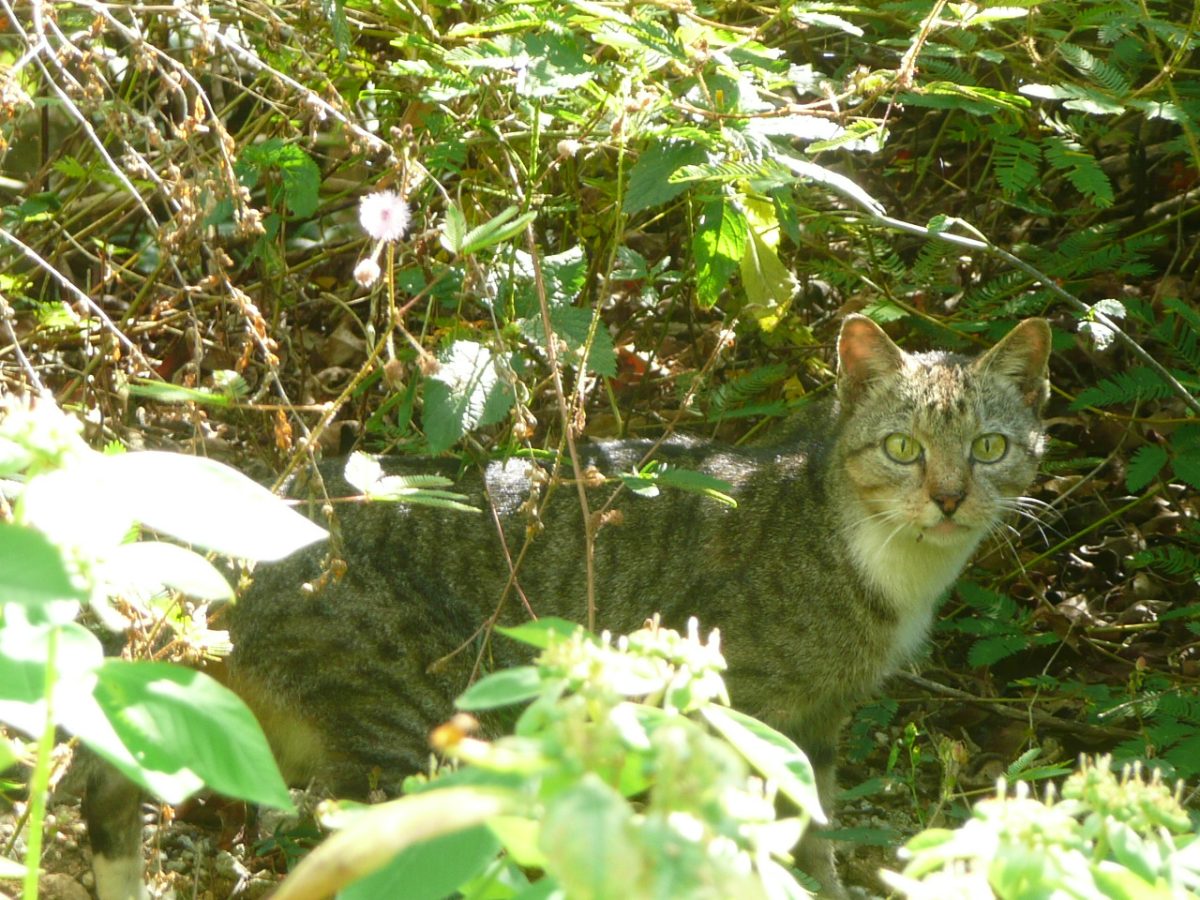
Feral cats kill about one million native animals each day across Australia. Photo: Parks Australia.
Bush Heritage Australia is currently testing innovative technologies across different Australian terrains using an AI-supported ‘cat audio deterrent’ that emits high-pitched sounds to create a virtual fence and a ‘humane animal net’ that traps the pest and sends an alert.
One cat control measure is the AI-based Felixer trap – a box that uses lasers, cameras and AI to distinguish feral cats from native animals before spraying them with a toxic gel.
On Christmas Island alone, more than 1100 cats have been removed since 2022 using this and other methods.
Researchers are now exploring drone-based thermal cameras and eDNA technologies to track the predators.
Conservation group Thylation is trialling six high-tech conservation tools in various locations as part of a $2.1 million project.
These include technologies allowing Felixer traps to detect feral cats in extreme conditions and using AI-operated gates so native animals can pass while keeping out feral cats.
They’re also targeting other pests, including by testing noxious sprays and noise and light alarms around rare-bird nests.
The government is currently considering extensive feedback on the draft Feral Cat Threat Abatement Plan, which is due out later this year.
The plan sets new goals, including making sure feral cats do not endanger native species that are not currently threatened.
Responding to the announcement, the Invasive Species Council took the opportunity to call on all political parties to commit – ahead of the next federal election – to increase funding to reduce the impact of feral cats (as well as roaming pet cats) on Australia’s wildlife.
It also called on state and territory governments to do more to tackle the problem.
Director of advocacy Jack Gough said the environmental toll from feral and roaming pet cats cannot be understated.
“By this time tomorrow, over 5 million native mammals, birds, reptiles and frogs will have been killed by the millions of feral and roaming pet cats in Australia,” he said.
“Cats have driven over 25 of our native species to extinction, and without serious action, we could lose iconic native wildlife like bilbies, numbats, and night parrots forever. That is why we are calling on all parties to commit to increased funding, focus and reform that matches the seriousness of this threat to our wildlife.”
He added that the battle against feral cats is ongoing.
“An additional future commitment of at least $60 million over the next four years will be needed if this plan is to be properly implemented.
“Given the seriousness of this threat to our wildlife, we will be looking for all parties to step up with additional funding for action on cats in the lead-up to the federal election.
“We also need all state and territory governments to declare feral cats to be pests, support all appropriate control tools and develop their own feral cat plans.”












